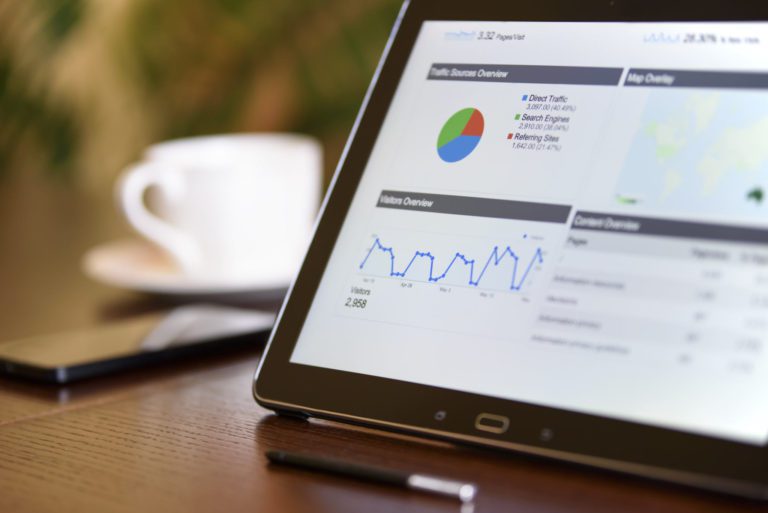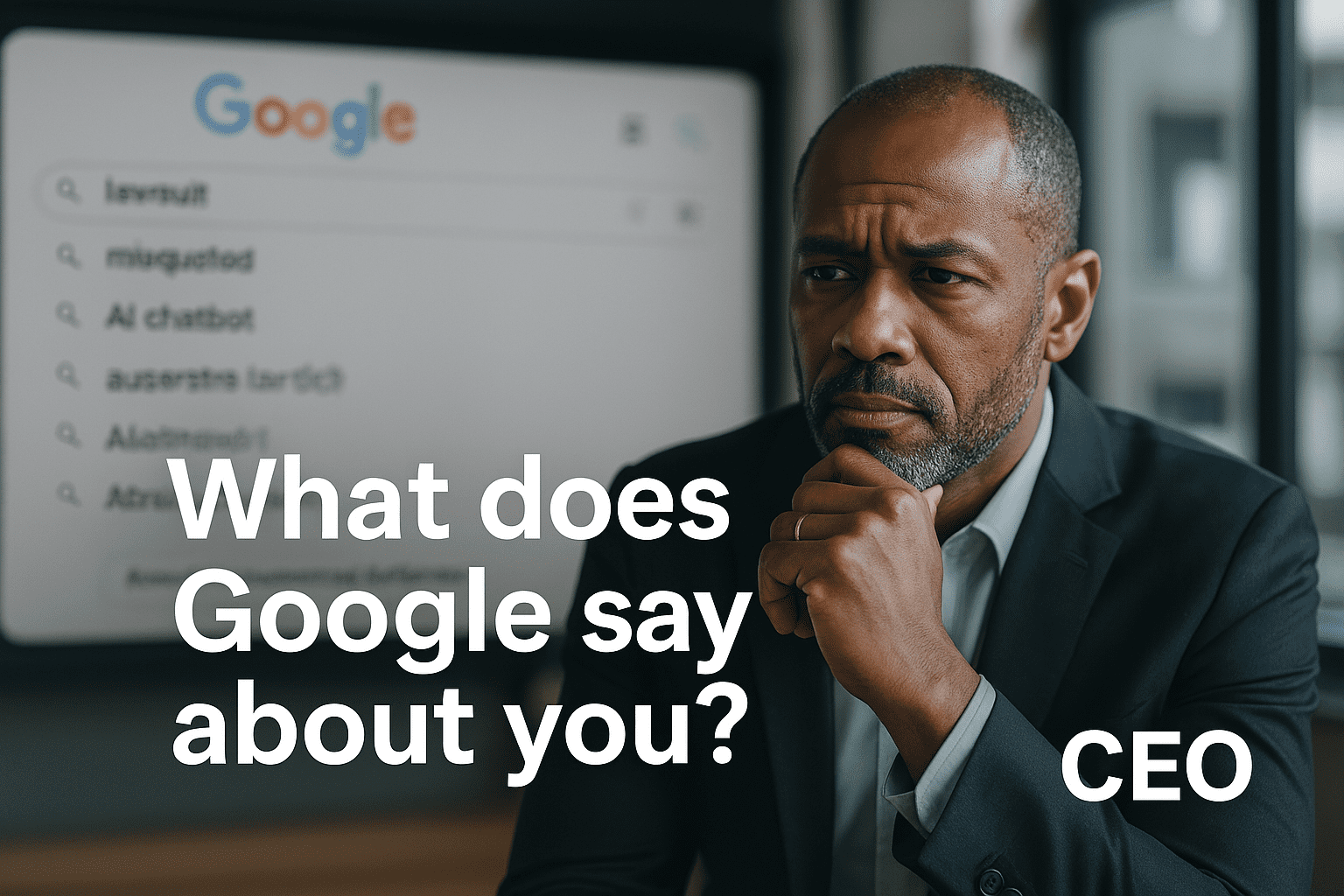Last Updated on August 3, 2023 by Steven W. Giovinco
What’s the Problem?
We conducted an online audit of online reputation problems.
This included identifying the specific links, blogs, reviews, sites or news sources, and their ranking. Some were on the top of the first page (very bad), some were on the bottom (bad), and a few were on page two and three (not so alarming but very worrisome: these could move up).
Then we looked at who wrote them and why. In most cases, the issue seemed to stem from a personal vendetta resulting from a family grudge.
1. Relax: Don’t Take it Personally
Try to calm down. It’s easy to take it personally, especially when an online attack was just launched and when lots of money is at stake. But it’s best to relax and try to move on.
2. Make a Plan
I then created a strategy on how to best move forward. I started with focusing on the most complex issues first because they would take the longest to resolve. I then learned as much as
3. Research the Person/Business
It could about the business and the person, including researching their industry, knowing his business goals, and getting to know his personality. After doing some additional keyword analysis, and others steps, I created an effective plan. If you are working on your own, you might consider hiring someone to help.
4. Start Cleaning Up
Now it’s time to start implementing the plan. Removing the negative links is always the optimal solution, but it rarely works. If it’s not possible to remove the links, contacting the blog author and requesting them to remove it can be tricky and often does more harm than good.
5. Most Valuable Tool: English (or Your Language)
One simple “tool” is the pen or keyboard. Writing good content helps drown out the negative and pushes it off the first page. It sounds simple enough, but it’s important to know what to write about.
Because of the extensive research that was conducted, we focused on the new energy sector.
6. Use Social Media
Once the content is created, distribute it using social media platforms. Which ones? Again, this goes back to research. Getting the right audience means knowing the right platform. For example, in our case, Pinterest, the image-sharing site, turned out not to be an appropriate site. The good news is that the formally negative links are now cleaned up and pushed off the second page, and with a repaired online reputation, this entrepreneur started to land some meetings.




